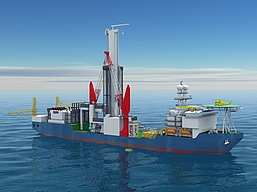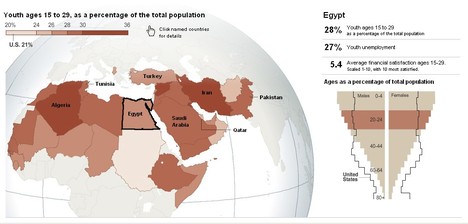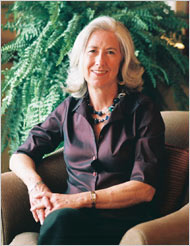(p. A14) You’re saying to yourself, haven’t Google and friends been gnashing their teeth over the landline practices of the Verizons and Comcasts, demanding “net neutrality” regulations to be erected against crimes to be named later? Yes, and without much success. Consider a recent Rensselaer Polytechnic Institute study that found that imposing Google’s idea of “net neutrality” (i.e., restricting a network operator’s ability to prioritize urgent and non-urgent data) would end up cutting a network’s peak capacity in half.
Now Google and friends are turning to wireless, which they hope will prove a softer target. Here operators traditionally have built networks for the restricted purpose of letting customers make voice calls with an operator-supplied cellphone. But most operators have also started rolling out all-purpose broadband on their wireless networks, albeit high-priced and painfully slow (evidence of their need to ration capacity carefully to protect higher-priority voice traffic).
Verizon offers BroadbandAccess, a service that allows a customer, with a laptop card, to use Verizon’s wireless network for Web surfing. AT&T, T-Mobile and Sprint offer similar services. Likewise, Sprint and Clearwire are building out a new kind of wireless network, WiMax, for truly fast mobile broadband.
That’s not good enough for Google and its allies, who want the government to require wireless operators to provide unrestricted Web surfing to buyers of basic phone plans. Don’t be misled by the “net neutrality” and “open access” masquerades. This is nothing but business-model chauvinism, aided not a little by the mental clottedness of regulators, who evidently can be led to believe that any network operating on digital principles must be packaged and sold to customers in only one way.
. . .
Make no mistake: Google understands that restricting a wireless operator’s ability to design its own business model can, by definition, only reduce its incentive to invest. But Google has bigger fish to fry. It wants to make sure it can continue to free-ride on your broadband subscription bills, even in the mobile world. It wants to make sure it won’t have to share the proceeds of its massive search and advertising dominance with suppliers of network capacity.
Most of all, it wants to replicate in mobile search and advertising the overpowering position it has achieved in the fixed broadband world — something that might not be possible if wireless operators are left any opportunity to carve out a business model other than as simply suppliers of the proverbial “dumb pipe.”
For the full commentary, see:
Holman W. Jenkins, Jr. “Business World: Sort of Evil.” Wall Street Journal (Weds., July 18, 2007): A14.
(Note: ellipsis added.)








